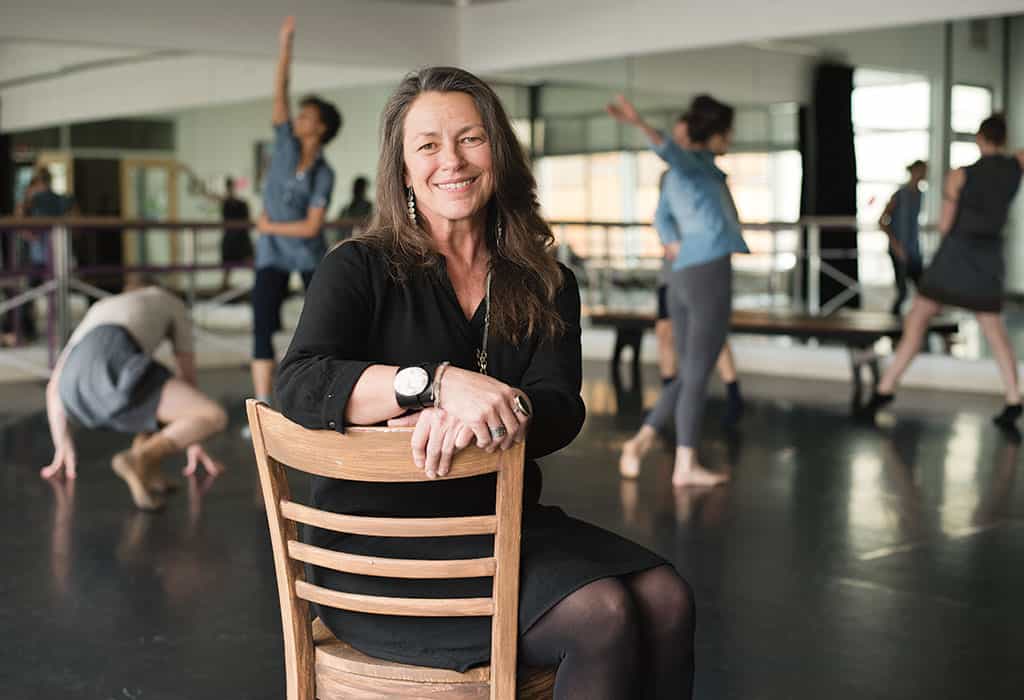Read The
Current Issue

Photograph by Bradly J. Boner
Babs Case
Babs Case’s hazel eyes twinkle as she describes what dance means to her: It is abstract poetry in motion, a visual language filled with metaphors, she says. Since Case came to Dancers’ Workshop (DW) as artistic director in 1998, the nonprofit has grown to teaching five hundred students (from sixty), and now also includes adult fitness and master classes. In her time here, Case, sixty-one, started the state’s sole dance company, Contemporary Dance Wyoming (CDW), brought the New York City Ballet to Jackson Hole—twice—and has won numerous awards for her choreography. Case most enjoys giving other dancers the opportunity to teach and choreograph. She gives every DW staff member a copy of the book This is Water, a commencement speech about compassion by David Foster Wallace that opens with a story about an older fish swimming. Two younger fish pass by, and the older fish says, “Morning, boys, how’s the water?” and the younger fish ask, “What the hell is water?”
Q: When did you start dancing?
A: I started when I was three. I think it was my mother’s decision. I’ve always been very attracted to the athletic aspect of dance. I was a hurdler in high school.
Q: What brought you to Jackson?
A: I came here with my husband at the time, Bob Berky. We came for a summer and decided to stay and create a life.
Q: Had you been to Jackson, or even Wyoming, before?
A: No. The first time I came here I was like, “Where are the trees?” Now I think Wyoming is so beautiful from a sculptural perspective. I drive all over the state teaching residencies, my camera right beside me. I take pictures of the clouds, the skies, and the hills.
Q: What do you do when you’re not dancing?
A: I am also a visual artist. If dance is a visual language and impermanent, it’s the permanence of visual art that draws me to it. I paint and collage. When I toured with dance companies, instead of writing in a journal, I created small collages.
Q: You choreograph, too; is this something all dancers do, or is it a different skillset?
A: Some dancers don’t like to choreograph. They like to be the instrument rather than the player. It is a different skillset, because you have to have the ability to draw out of someone what you want.
Q: Has the choreographer in you superseded the dancer?
A: Yes. It’s not that I don’t like performing, because I do. I am more invested in the process. When I took on CDW, the amount of time it took administratively cornered me into making a choice. And also I am getting older.
Q: What informs your choreography?
A: Being human. Life. What I’m personally questioning or examining.
Q: Can you give an example?
A: The Meal [an original CDW piece] was performed with three tables. The idea behind it was that we should be as fulfilled at the end of our life as we are at the end of a meal. Life is a meal.
Q: Are dancers in Jackson different than those you’ve worked with elsewhere?
A: I think most dancers work hard. They have endless energy. One time my mom, who is an artist, came to visit. She said to me, “This is a place of extremes.” People here are extreme, and it matches the landscape. I think that that really expresses how this place affects people, dancer or not.
Interview by Julie Fustanio Kling




